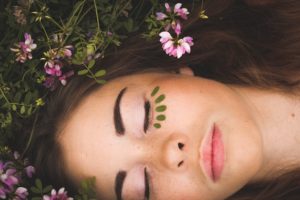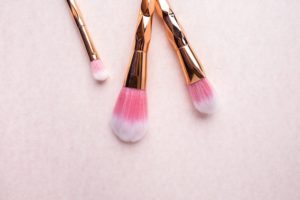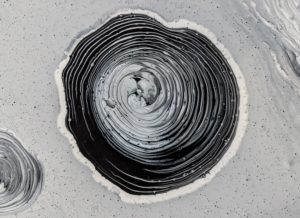What is Facial Rejuvenation Acupuncture?
Facial Rejuvenation acupuncture is one part of the overall treatment plan when you come in for cosmetic acupuncture.
This cosmetic treatment is an extension of traditional acupuncture. It can naturally help make the skin look younger, smoother, and all-around healthier.
Unlike injection procedures, facial acupuncture addresses not only signs of aging, but also the skin’s overall health.
But, how does it work?
During a treatment, tiny needles are placed in acupuncture points on the face. This causes micro trauma to the skin, which signals the body to send collagen, qi and blood, directly to the area to heal.
As the needle punctures the skin, it creates a wound, which is called a positive micro trauma. This sends your body into repair mode. Similar to micro needling, which uses hundreds of pricks through a rolling device, this is a similar function… just a little less intense (using less needles).
From a western medicine perspective, the bodies responds to these micro traumas by increasing blood flow and the production of collagen and elastin for wound healing. Due to the superficial level of the needles, it may also stimulate neurotransmitter production.
From the Chinese Medicine perspective, the acupuncture needles increase the flow of blood and qi to the area of insertion which enhances colour, vibrancy and has an overall ‘lifting’ effect.
Are there any negative side effects?
Facial rejuvenation acupuncture is very safe with minimal side effects.
Occasionally the face is flushed after treatment due to the increase in blood flow.
Very rarely bruising can happen, which clears up on its own within a few days.
Facial rejuvenation acupuncture is not only for people who already have wrinkles or problem skin
Many people prefer to get started early and take a preventative approach. As with any form of treatment, the earlier the better! This treatment is very effective at reducing the signs of aging and can be used preventatively, which can slow the onset of wrinkles and problem areas and will save money and time in the long run.
To inquire about local or virtual skin consults please contact us at 1 778 400 6360 / hello@stefaniemiska.com






